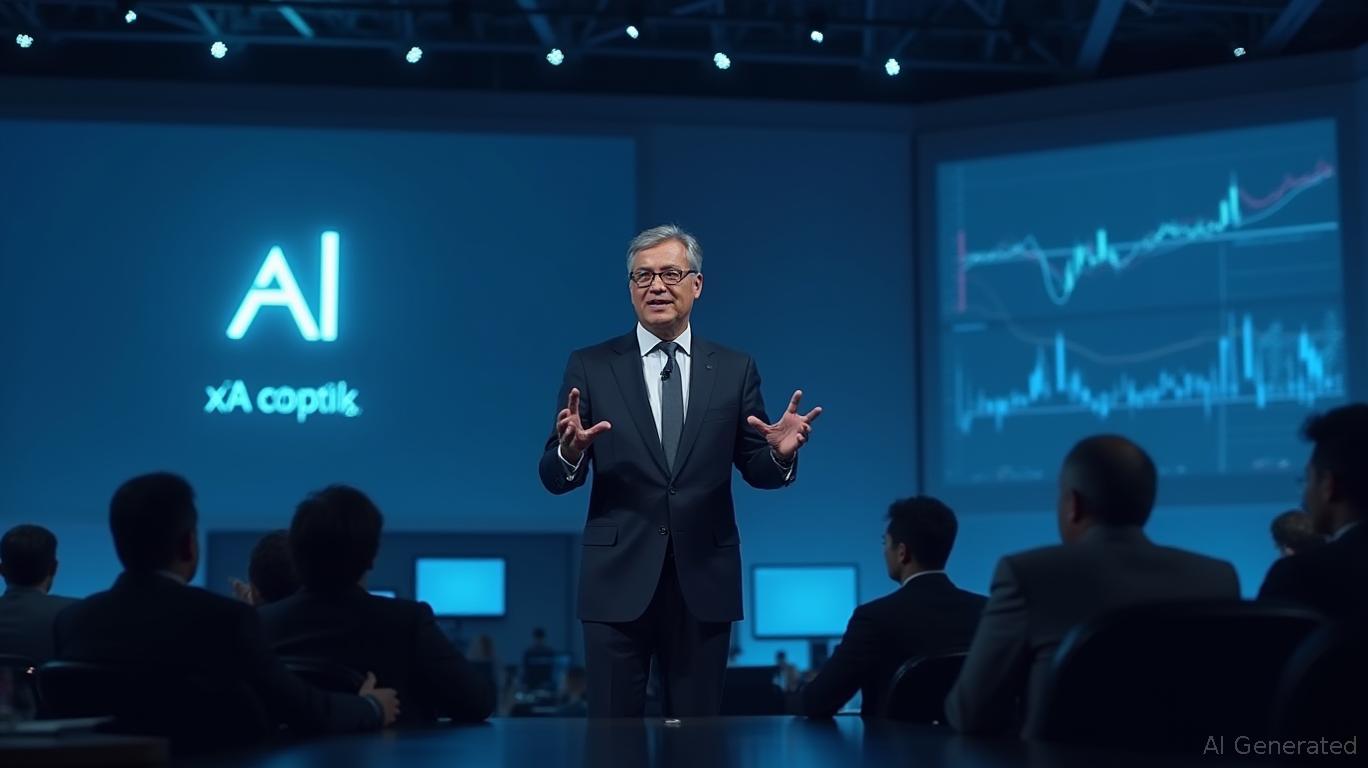Ethereum's Layer-Zero Upgrade Promises 30x Throughput Boost
Ethereum, a widely used blockchain platform, has been under scrutiny due to its scalability issues, especially with the rise of Layer-2 solutions like Arbitrum and Optimism. As more users turn to these platforms, questions about Ethereum’s ability to handle increasing demand have been raised. Recently, Ethereum co-founder Vitalik Buterin responded to these concerns, particularly following strong criticism from Cardano’s founder, Charles Hoskinson.
Hoskinson, known for his work in cryptography and blockchain development, has been vocal about his views on Ethereum’s future. He predicted that Ethereum would not survive more than ten or fifteen years, stating that Layer-2 solutions would drain all the value, and users would migrate elsewhere, eventually getting eclipsed by Bitcoin. This criticism comes at a time when Ethereum is facing significant challenges in maintaining its position as a leading blockchain platform.
In response to Hoskinson’s comments, Buterin unveiled an exciting Layer-Zero upgrade. This proposal suggests transitioning Ethereum from the traditional Ethereum Virtual Machine (EVM) to a more efficient zkVM system, based on RISC-V standards. The upgrade promises major improvements, including up to 832 times fewer cycles than the current EVM and a 95.7% reduction in proving cycles. These advancements are expected to increase throughput by 30 times through GPU acceleration, significantly improving the network’s efficiency. Additionally, proof compression could shrink from 346MB to just 1.5MB, creating a much more streamlined system.
This Layer-Zero update could potentially reshape Ethereum’s scalability, offering a new path forward that doesn’t rely on Layer-2 solutions. By improving the Ethereum base layer, Buterin’s proposal could reduce transaction fees and increase Ethereum’s competitiveness, especially against newer blockchain technologies. While still in the proposal stage, this update could greatly enhance Ethereum’s long-term viability and set the stage for future growth, addressing both scalability issues and concerns raised by critics like Hoskinson.
Buterin’s response to Hoskinson’s criticism highlights the ongoing debate within the blockchain community about the best ways to address scalability and efficiency. While Layer-2 solutions have been a popular approach, Buterin’s Layer-Zero upgrade suggests that improving the base layer itself could be a more sustainable solution. This proposal, if implemented, could significantly enhance Ethereum’s capabilities and ensure its continued relevance in the rapidly evolving blockchain landscape.
Ask Aime: "Will Ethereum's Layer-Zero Upgrade Solve its Scalability Issues?"











